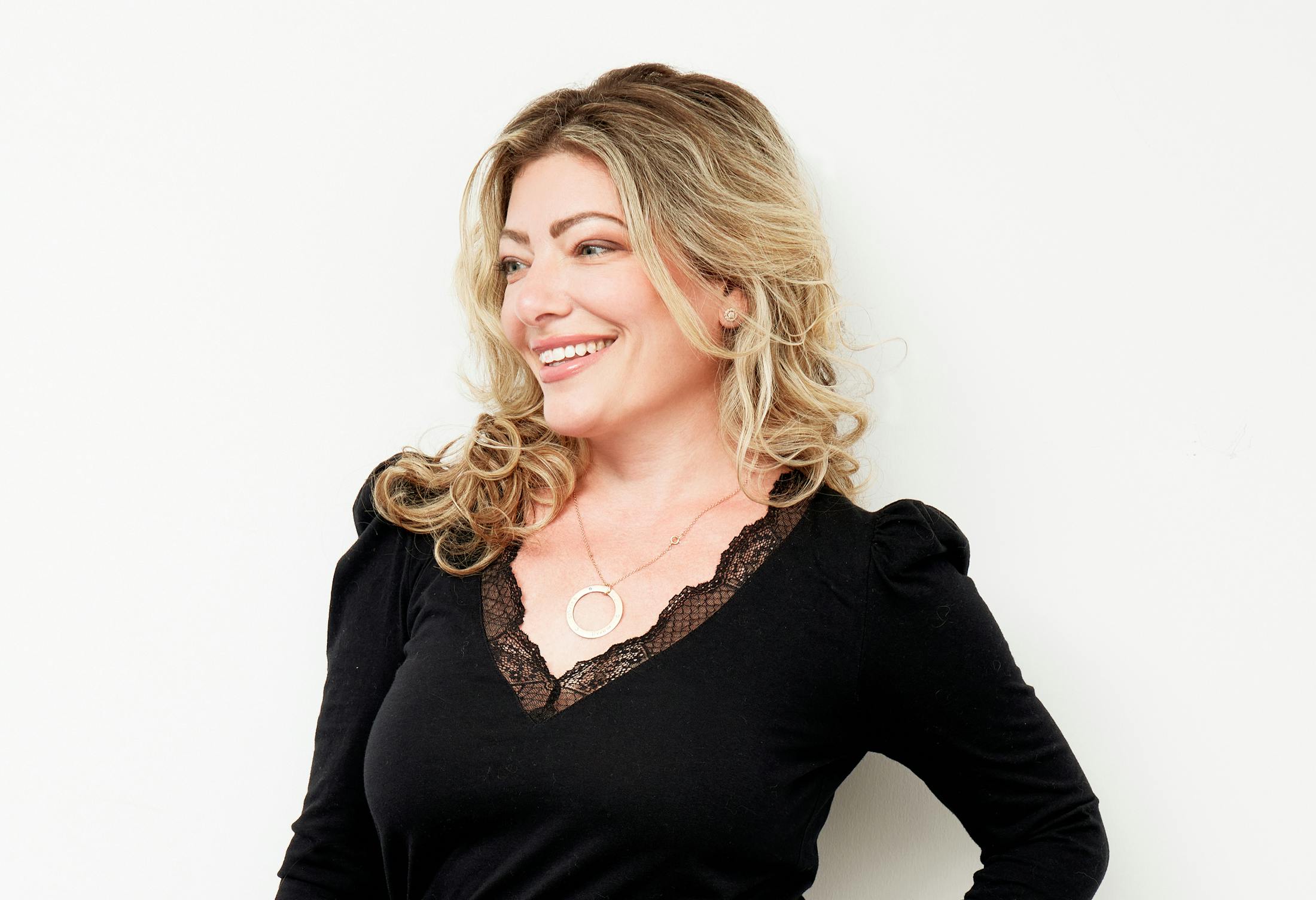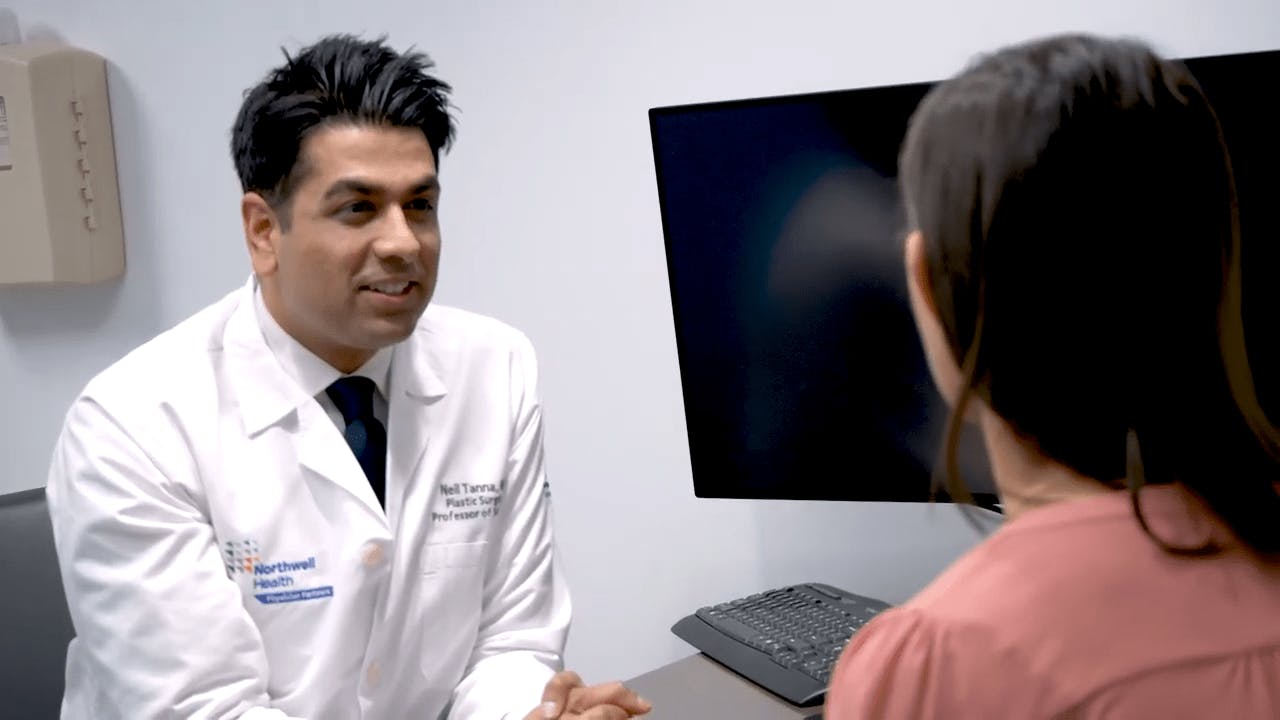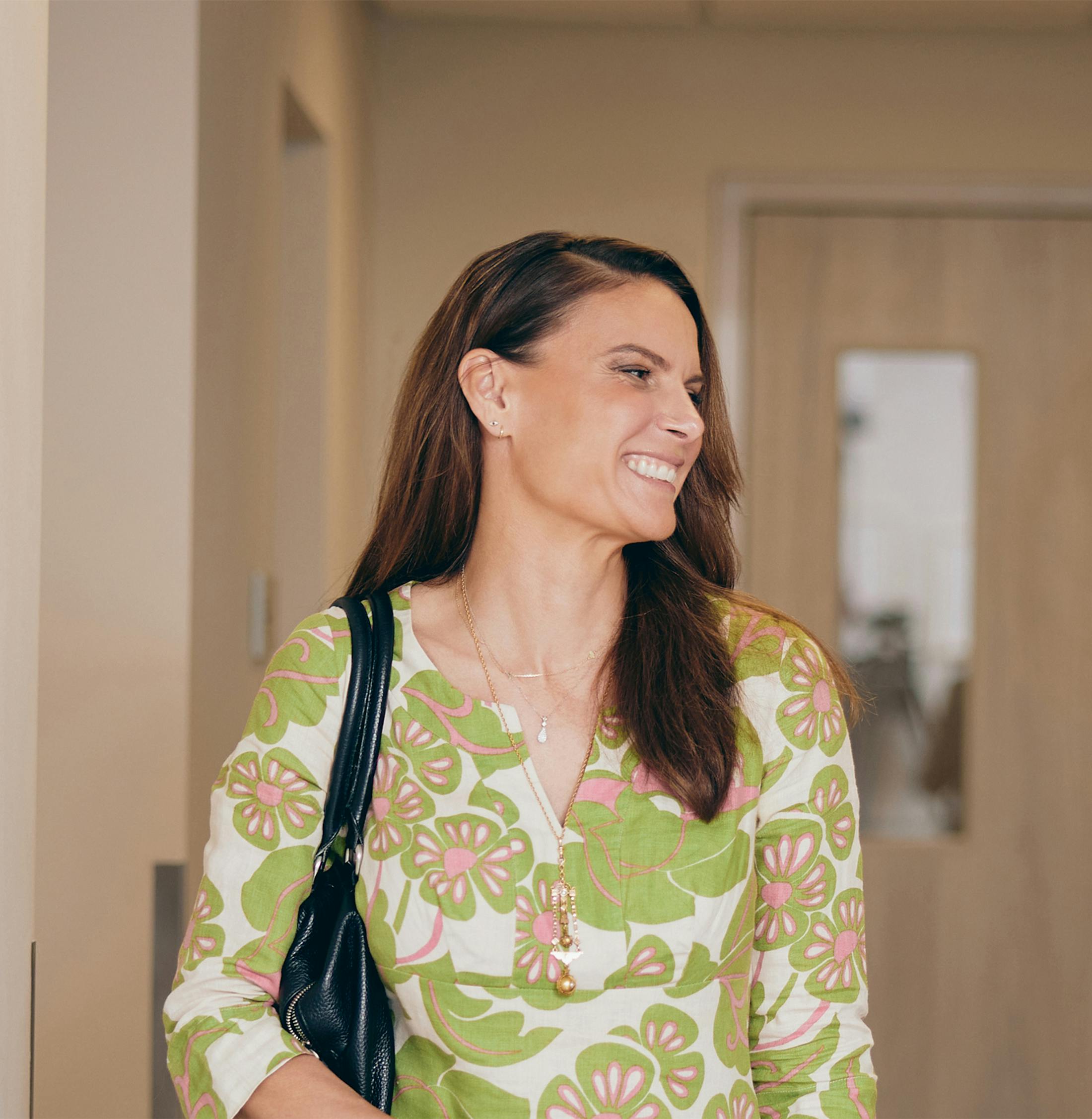What Is The Brca Gene Mutation?
Individuals with a strong family history of breast cancer may have genetic testing for the BRCA 1 and BRCA 2 gene. Mutations (abnormalities) in the BRCA1 and BRCA2 genes are linked to breast cancer. These women are genetically predisposed to developing breast cancer, and the genetic mutation can occur in women with any cultural background.
Women with the BRCA1 mutation have a 55-65 percent chance of developing breast cancer by age 70. Those with BRCA2 have about a 45 percent chance of developing breast cancer by age 70. In comparison, women without the gene (general population) carry about a seven percent chance of getting breast cancer by age 70.





